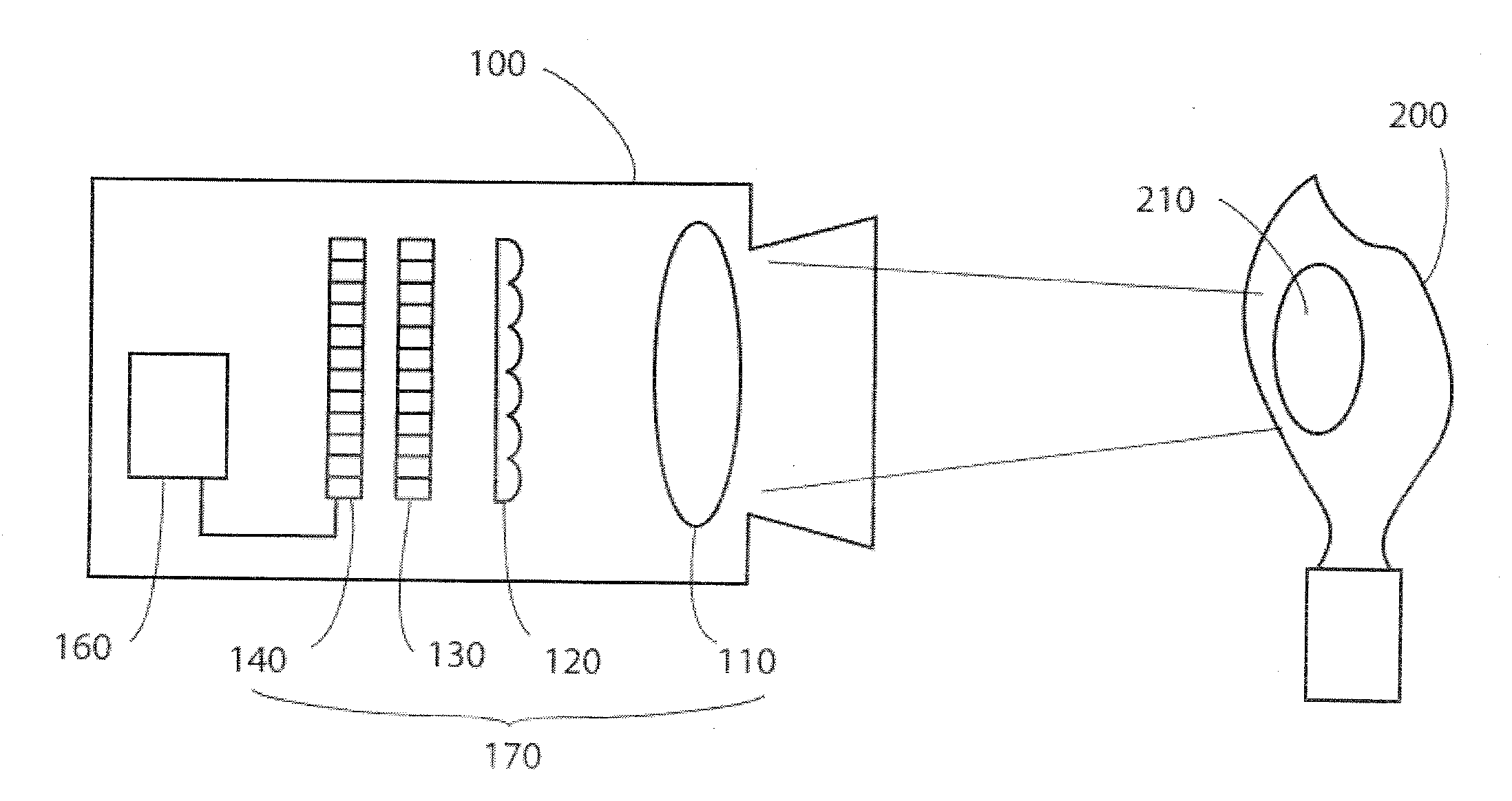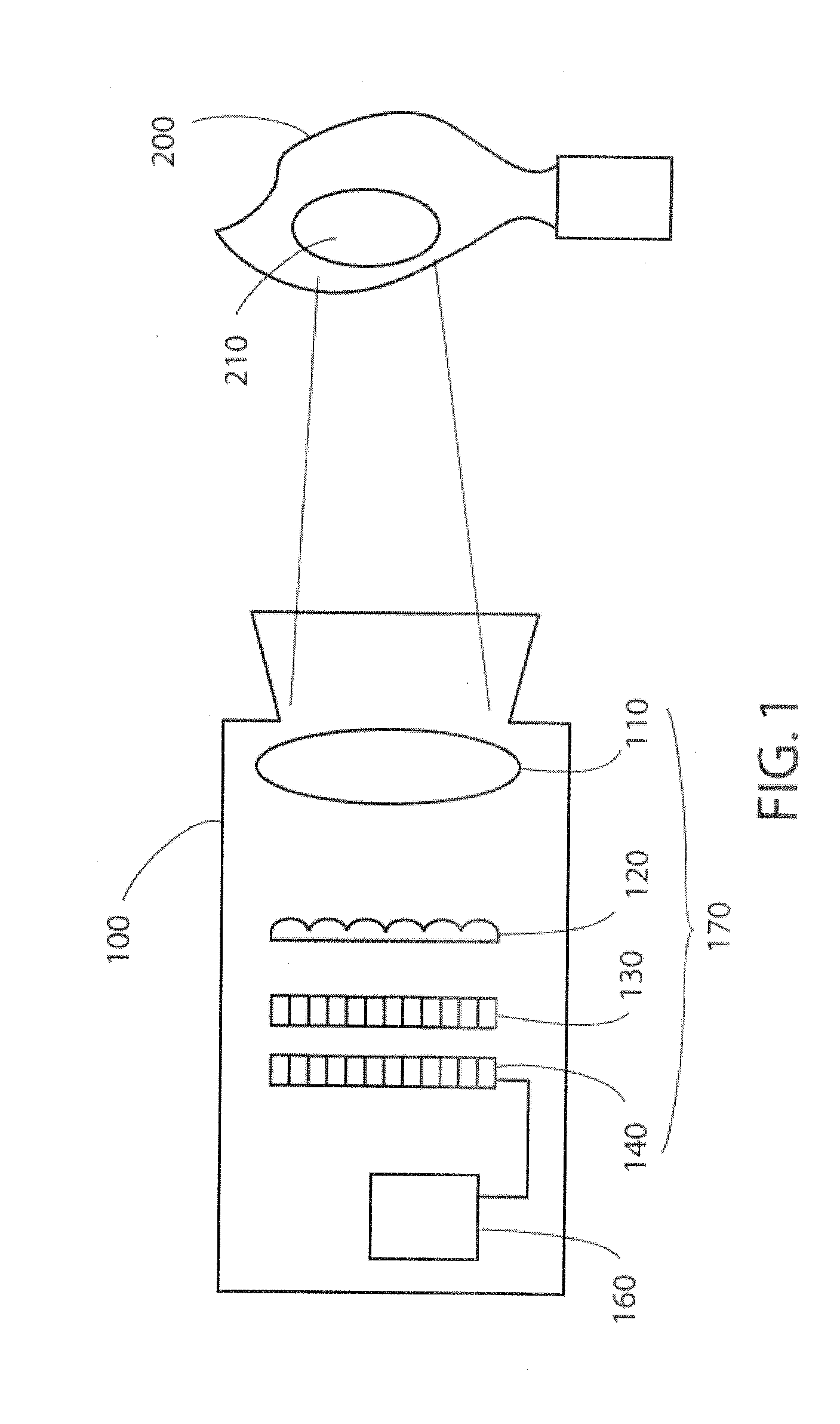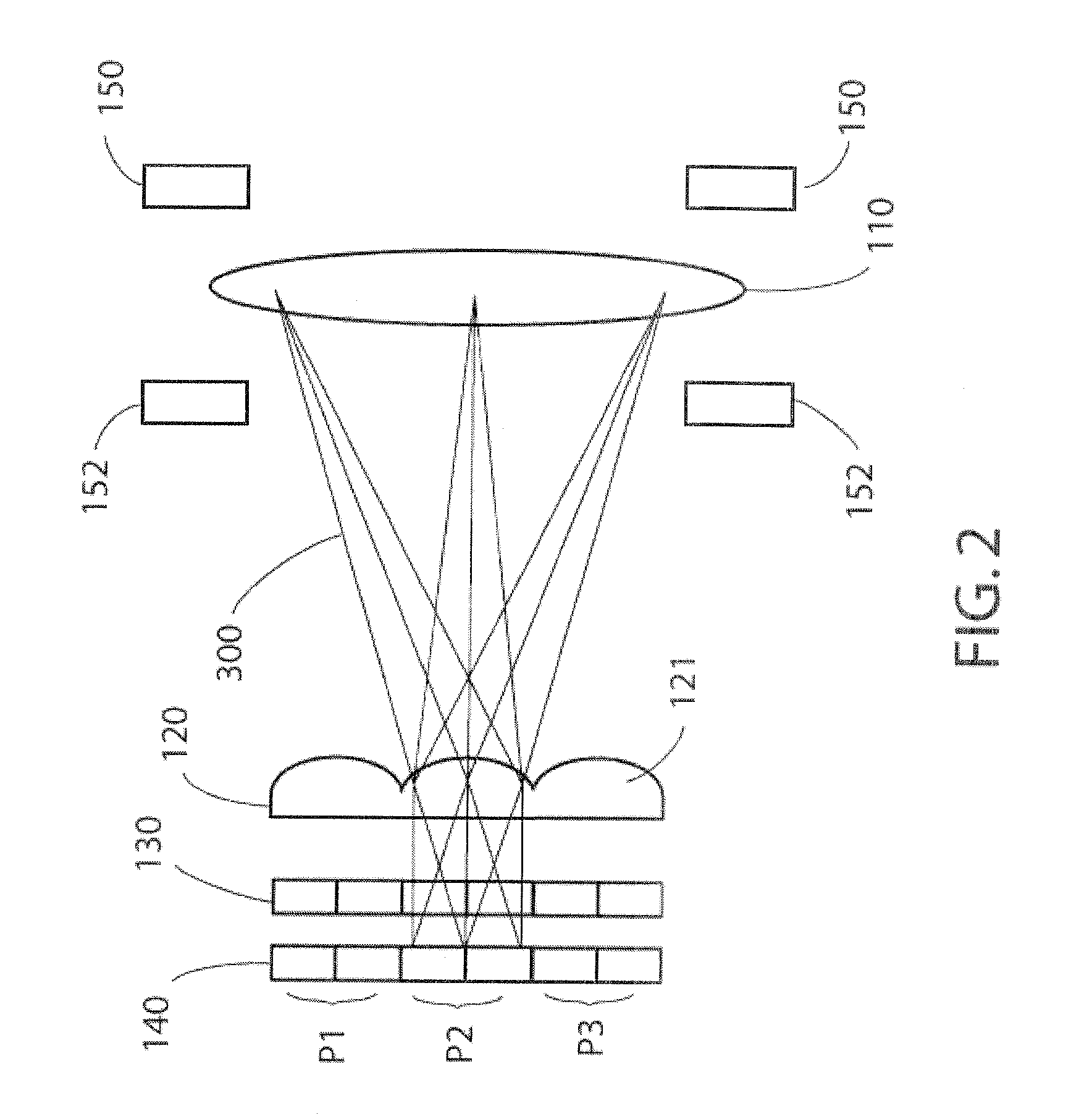Multi-spectral infrared imaging system for flare combustion efficiency monitoring
a multi-spectral infrared imaging and flare technology, applied in the field of multi-spectral infrared imaging systems, can solve the problems of no one having a good answer, the uncertainty of flare emissions is problematic for both regulators, and the determination of flare combustion efficiency and destruction and removal efficiency is extremely difficult, so as to achieve effective flare efficiency and reduce uncertainty , the effect of increasing efficiency
- Summary
- Abstract
- Description
- Claims
- Application Information
AI Technical Summary
Benefits of technology
Problems solved by technology
Method used
Image
Examples
Embodiment Construction
[0035]The present invention will now be described more completely with reference to the accompanying drawings, in which exemplary embodiments of the invention are shown.
[0036]In the present invention, a multi-band infrared (IR) staring imager or imaging system for flare combustion efficiency (CE) measurement is proposed in order to overcome the problems described in the previous section and to be effective even under upset, emergency or routinely low flow conditions not covered by the TCEQ-UT study. The proposed IR imager utilizes a special arrangement of micro-lens array (MLA) optics which allow the imager to simultaneously image the flare in multiple spectral bands, each capable of imaging one gas. In one embodiment, the proposed multi-spectral IR imager has four spectral bands. The first band (Band 1), for example, can be set to take images of hydrocarbon (HC), the second band (Band 2) for carbon dioxide (CO2), the third band (Band 3) for carbon monoxide (CO), and the fourth band...
PUM
 Login to View More
Login to View More Abstract
Description
Claims
Application Information
 Login to View More
Login to View More - R&D
- Intellectual Property
- Life Sciences
- Materials
- Tech Scout
- Unparalleled Data Quality
- Higher Quality Content
- 60% Fewer Hallucinations
Browse by: Latest US Patents, China's latest patents, Technical Efficacy Thesaurus, Application Domain, Technology Topic, Popular Technical Reports.
© 2025 PatSnap. All rights reserved.Legal|Privacy policy|Modern Slavery Act Transparency Statement|Sitemap|About US| Contact US: help@patsnap.com



